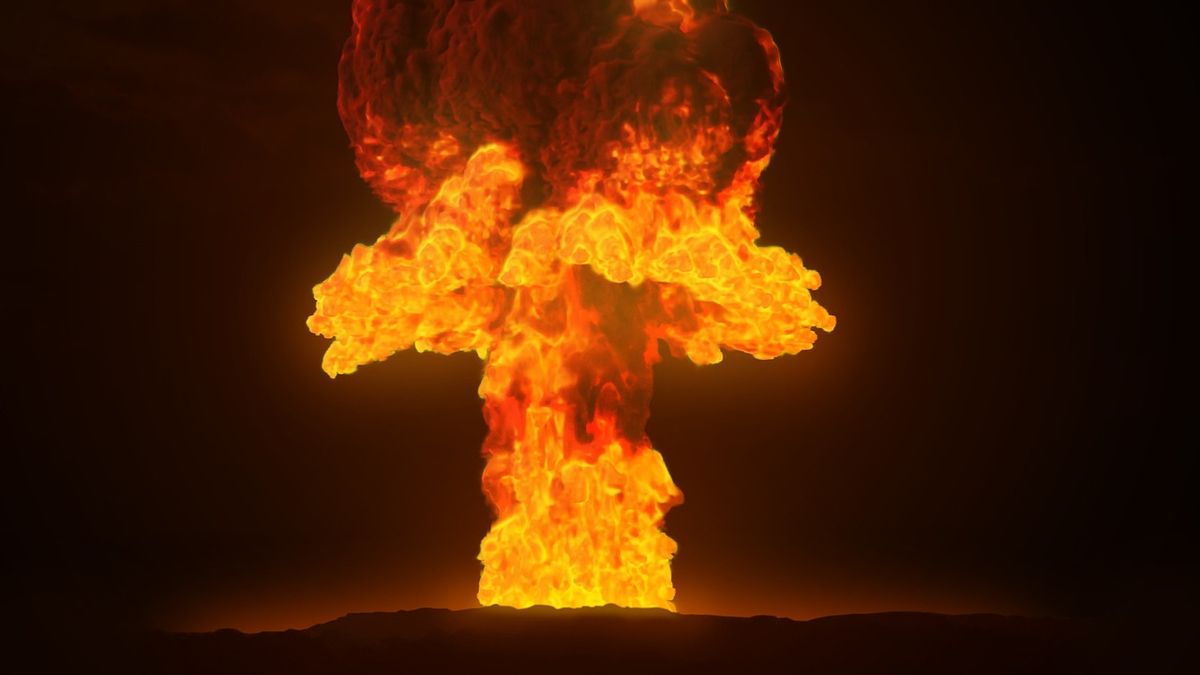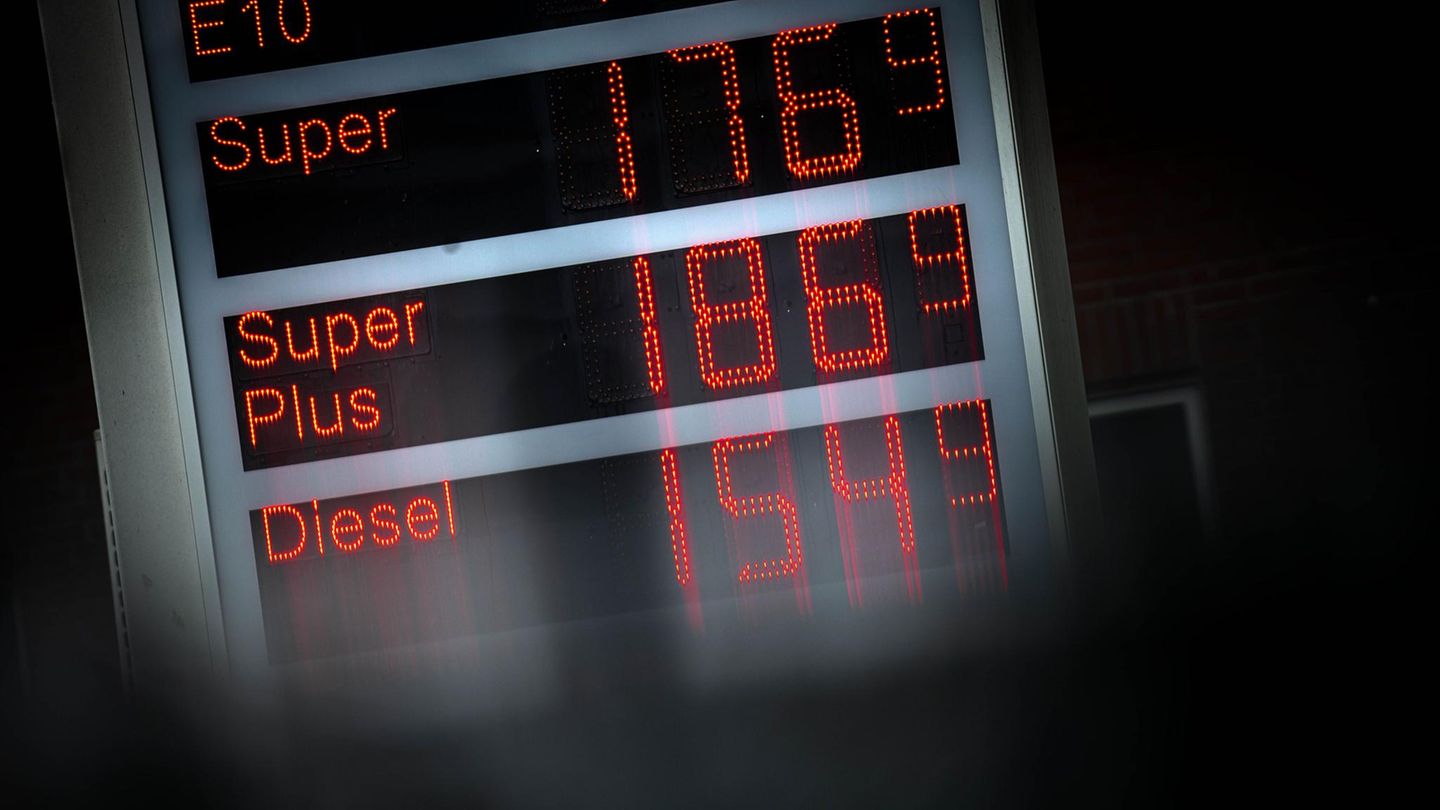A non -nuclear hydrogen bomb was detonated on Wednesday in China In a controlled field test. In principle, this device would be designed to release a sustained fire power to frighten Taiwan’s defenders and break their resistance.
According to a recent study, a hydrogen bomb Two kilos generated a ball of fire that exceeded 1,000 degrees and kept it for more than two seconds. This detonation lasted 15 times more than a normal explosion and did not imply nuclear material.
This explosive was developed by the 705 Research Institute of the State Naval Construction Corporation of China and is constituted by Magnesium hydridea solid state hydrogen storage material originally designed for energy applications outside the electricity network, such as its main component.
By detonating the explosive, shock waves fragment the material in micrometric particles and They release hydrogen gas. The gas inflames and generates combustion that reaches temperatures higher than 1000 degrees.
“Hydrogen gas explosions are lit with a minimal ignition energy, they have a wide range of explosion and trigger flames that quickly extend outward while spreading widely,” says the study published in the Chinese magazine Journal of Projectiles, Rockets, Missiles and Guidance.
“This combination allows precise control of the intensity of the explosioneasily achieving the uniform destruction of objectives in vast areas, ”adds the publication.
In addition, he adds that “although the device does not depend on nuclear materials, its ability to Generating sustained thermal damage positions it as a novel tool in modern warwhich leads analysts to consider their role in the strategic ambitions of China”.
Earlier this month, China developed a series of exercises that involved naval, air, land and rocket forces and were destined to be a “severe Warning and forceful containment against Taiwan’s independence”, According to Shi Yi, spokesman for the Eastern Theater Command of the Popular Liberation Army.
This technological advance represents an achievement of Beijing in its production capacity with magnesium hydride. “Historically, the high reactivity of the material hindered its production, and laboratories only processed a few grams per day in rigorous conditions due to the risk of spontaneous combustion due to air exposure. But a new plant in the province of Shaanxi, operational this year, has increased production to 150 tons per year,” concludes the publication.
Source: Ambito




